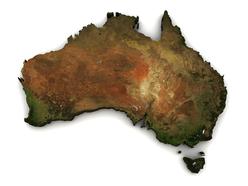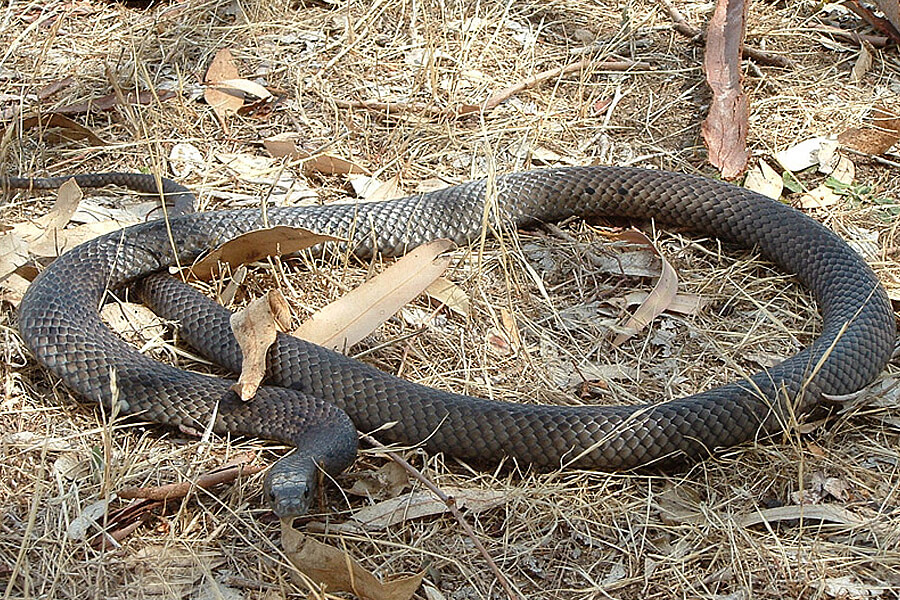Introduction
The Tasmanian tiger snake, medically called Notechis scutatus, is one of Australia's many intriguing reptiles. Located mainly in Tasmania and its surrounding islands, this snake has actually garnered interest not only for its striking look but likewise for its complicated habits and essential role in the ecological community. This write-up will discover the different facets of the Tasmanian tiger snake's habitat, habits, composition, and communications with human beings while supplying essential information regarding precaution in case of a snake bite.
Whether you're a researcher, a wildlife lover, or just somebody curious about these fascinating creatures, this extensive overview promises to supply understandings that are both helpful and appealing. So allow's start this trip to comprehend the Tasmanian tiger serpent better!
The Tasmanian Tiger Snake: An Overview
Physical Characteristics of the Tasmanian Tiger Snake
Tiger serpents are identified by their distinct pigmentation and patterns. They typically exhibit a mix of yellow or cream stripes on a dark brownish or black history-- thus the name "tiger." Grown-up tiger serpents can grow up to approximately 2.1 meters long, although a lot of people average around 1.5 meters.

Key Features:
- Coloration: Varies from dark brown to olive environment-friendly with lighter bands. Size: Adults normally range from 1.2 to 2.1 meters. Head Shape: Clearly wide with famous eyes.
Distribution and Environment of the Tasmanian Tiger Snake
The Tasmanian tiger serpent mostly populates seaside areas, wetlands, marshes, and grasslands in Tasmania. It thrives in environments where it can easily gain access to water resources because it is frequently found near streams or lakes.
Habitat Preferences:
- Wetlands: Ideal for searching target like frogs and tiny mammals. Coastal Areas: Deals plentiful food resources. Grasslands: Gives cover and basking spots.
Understanding Tiger Snake Behavior
Feeding Routines of the Tasmanian Tiger Snake
Tiger snakes are meat-eating and opportunistic feeders. Their diet regimen is composed primarily of frogs, fish, small creatures, and birds. They rely upon their eager eyesight and swift movements for hunting.
Dietary Break down:
- Frogs: A key element due to abundance in wetland habitats. Fish: Regularly caught when swimming in superficial waters. Small Creatures: Occasionally preys on rodents.
Breeding Actions of the Tasmanian Tiger Snake
Preventing snake bites AustraliaTiger snakes have a fascinating reproductive cycle. Mating generally happens in spring after arising from hibernation. Women tiger snakes bring to life live young Venom extraction and antivenom production in Australia rather than laying eggs, which is somewhat special among reptiles.
Reproductive Cycle:
- Mating Season: Spring (September to November). Gestation Duration: Roughly 3 months. Litter Size: Arrays from 20 to 40 infant tiger snakes.
Aggression and Defense Mechanisms of the Tasmanian Tiger Snake
Though they can be hostile when threatened, tiger snakes usually favor to pull away instead of face danger straight. Their key defense reaction include attacking when caught or showing their size via hissing.
Defensive Techniques:

- Hissing Noise: A warning signal suggesting distress. Bite Reaction: A last resource when escape choices are limited.
Are Tiger Snakes Venomous? Comprehending Their Venom
Venom Composition and Effects
Yes! The Tasmanian tiger serpent is venomous. Its poison has neurotoxins that can cause major injury and even fatality if left untreated. The effects of a Browse this site bite can consist of paralysis, swelling at the bite site, queasiness, and other systemic symptoms.
Venom Attributes:
- Neurotoxic Parts: Affect nerves functioning. Hemotoxic Effects: Can cause tissue damage.
Common Signs Complying with a Tiger Snake Bite
Recognizing signs and symptoms immediately is critical for effective first aid management after a serpent bite:
- Severe discomfort at bite site Swelling Nausea or vomiting Difficulty breathing
First Help for Serpent Bites: What You Need to Know
Immediate Steps After a Tiger Snake Bite
In situation you run into a situation including a tiger serpent bite, it's essential to act quickly:
Call emergency solutions immediately. Keep the impacted limb immobilized at heart level. Remove tight garments or fashion jewelry around the bite site.Creating Your Serpent Bite First Aid Kit
Having an effectively equipped first aid set can make all the difference during emergencies:|Product|Purpose|| ------|---------|| Compression bandage|To immobilize limb|| Splint|To maintain damaged area|| Antiseptic wipes|For cleaning up injuries|
FAQs Concerning the Tasmanian Tiger Snake
What do baby tiger snakes eat?
Baby tiger snakes mostly feed upon little insects and amphibians till they expand big enough to quest bigger target like frogs or tiny fish.

How unsafe is a tiger snake bite?
A tiger snake bite can be extremely unsafe as a result of its potent poison; instant clinical focus is necessary for survival.
Where are eastern tiger snakes found?
Eastern tiger snakes populate coastal areas throughout southeastern Australia but are much less common than their Tasmanian counterparts.
What should I do if I see a tiger snake?
Maintain your range; do not try to manage it unless you're trained to do so-- most bites occur throughout efforts at capture or mishandling.
Can I survive without antivenom after being bitten?
While some people may survive without antivenom depending upon numerous variables such as health and wellness problems and time considered treatment; looking for instant clinical assistance is always suggested as it dramatically increases survival chances.
Are there any kind of certain precaution I ought to take while hiking in Tasmania?
Always wear tough boots, remain on significant tracks, prevent tall turf where exposure may be limited; familiarize yourself with neighborhood wildlife prior to going out right into nature!
Conclusion
The Tajamanian tiger serpent represents an important part of Australia's rich biodiversity landscape both environmentally as predators and culturally as symbols within Australian folklore. Comprehending their environment preferences together with habits offers insight into exactly how we can exist side-by-side safely while appreciating wild animals limits-- bearing in mind that awareness leads us in the direction of more secure adventures outdoors!
By staying informed about potential dangers such as envenomation from attacks while likewise taking preventive measures makes sure favorable experiences when experiencing these remarkable creatures!
In verdict, whether you're captivated by their striking appearance or astounded by their complicated actions-- the Tasmanian tiger snake certainly deserves acknowledgment past plain fascination-- it encapsulates nature's elegance intertwined elaborately within our ecosystems!